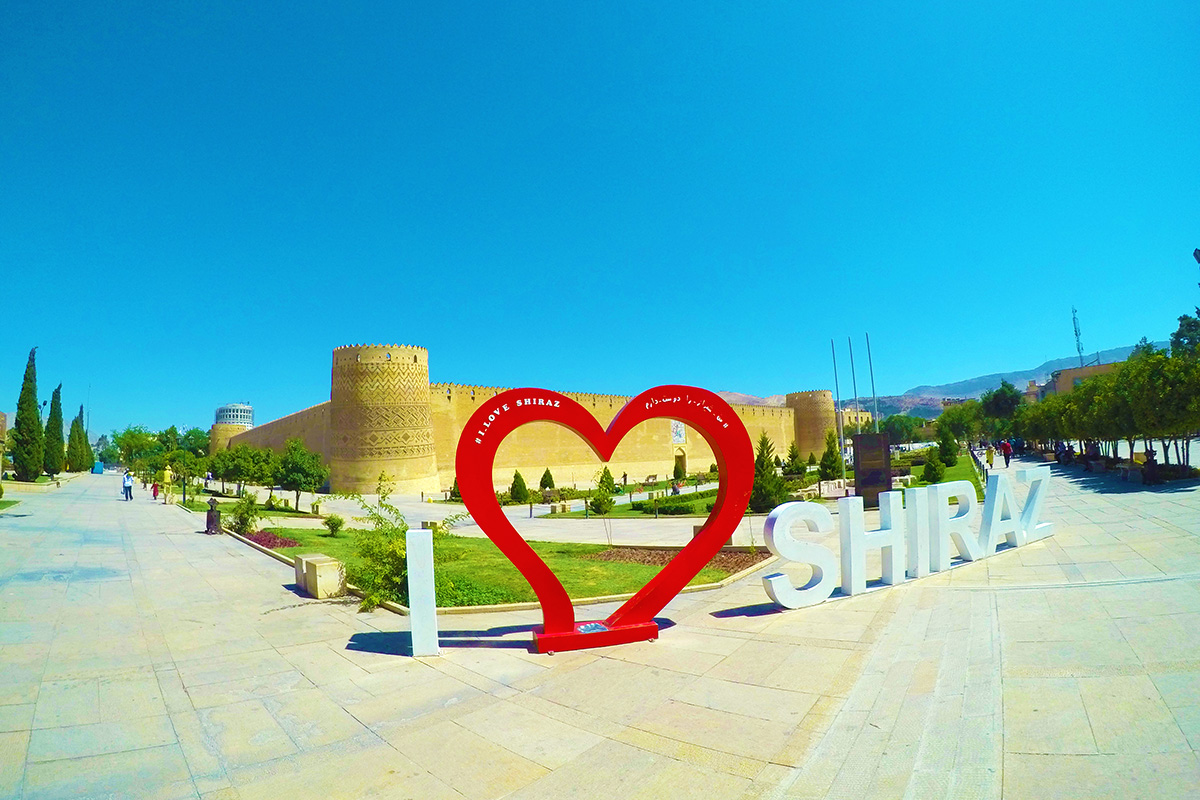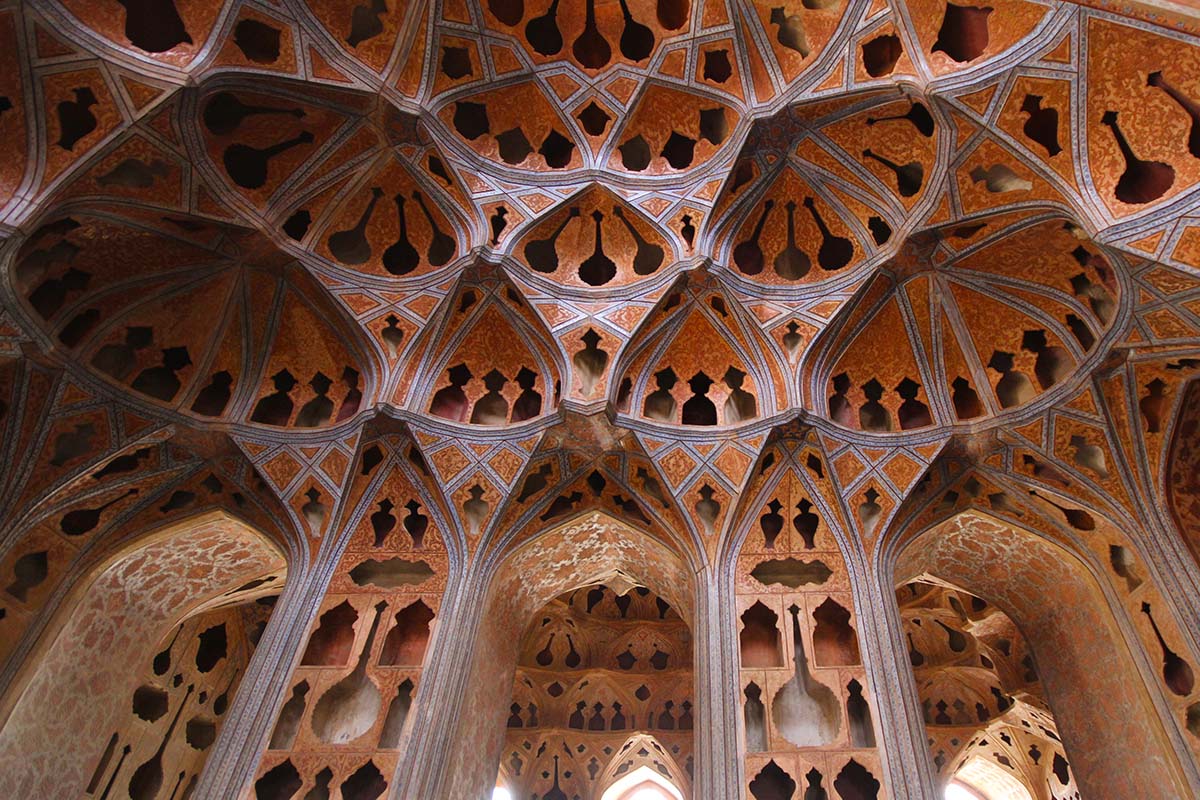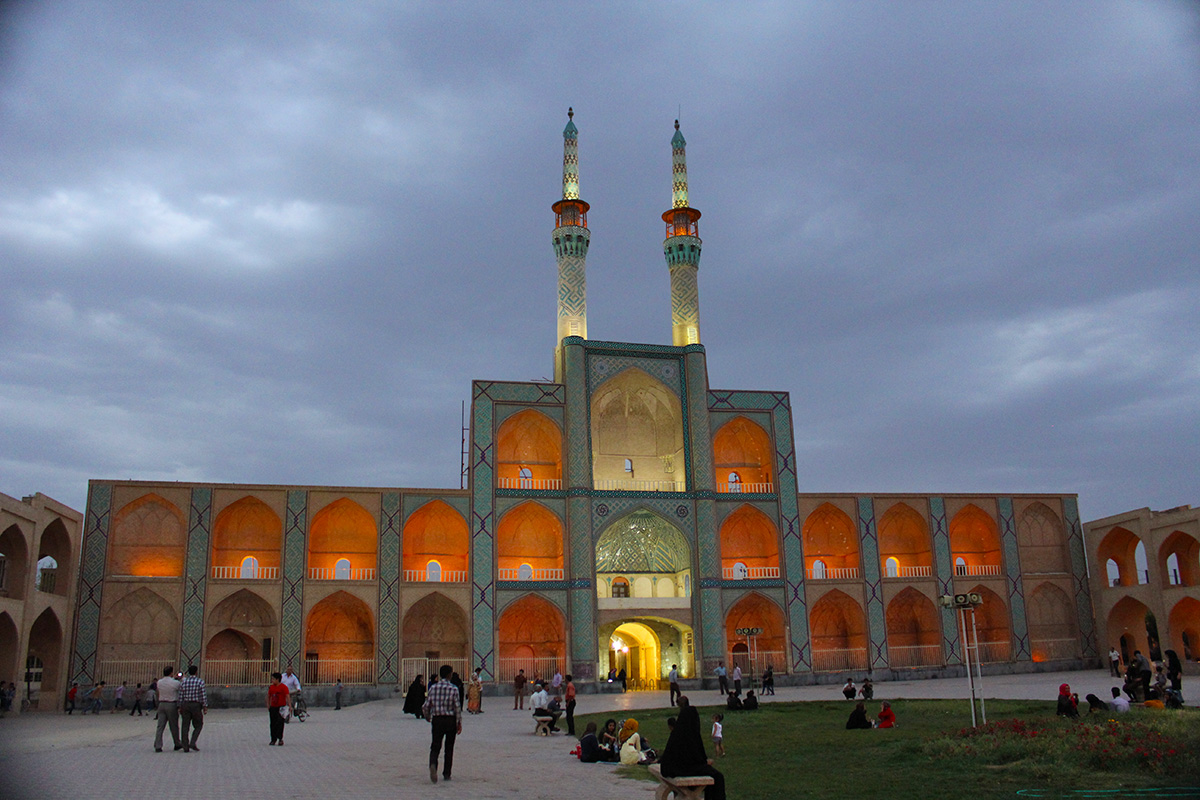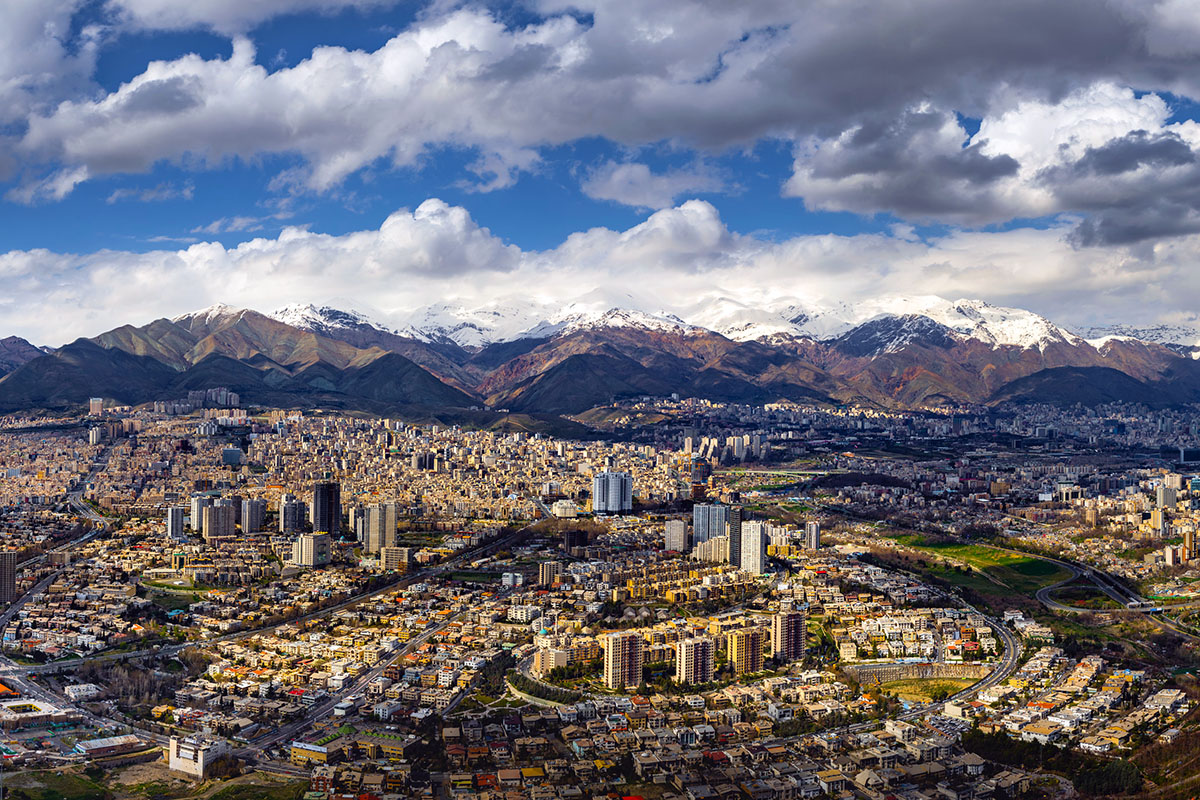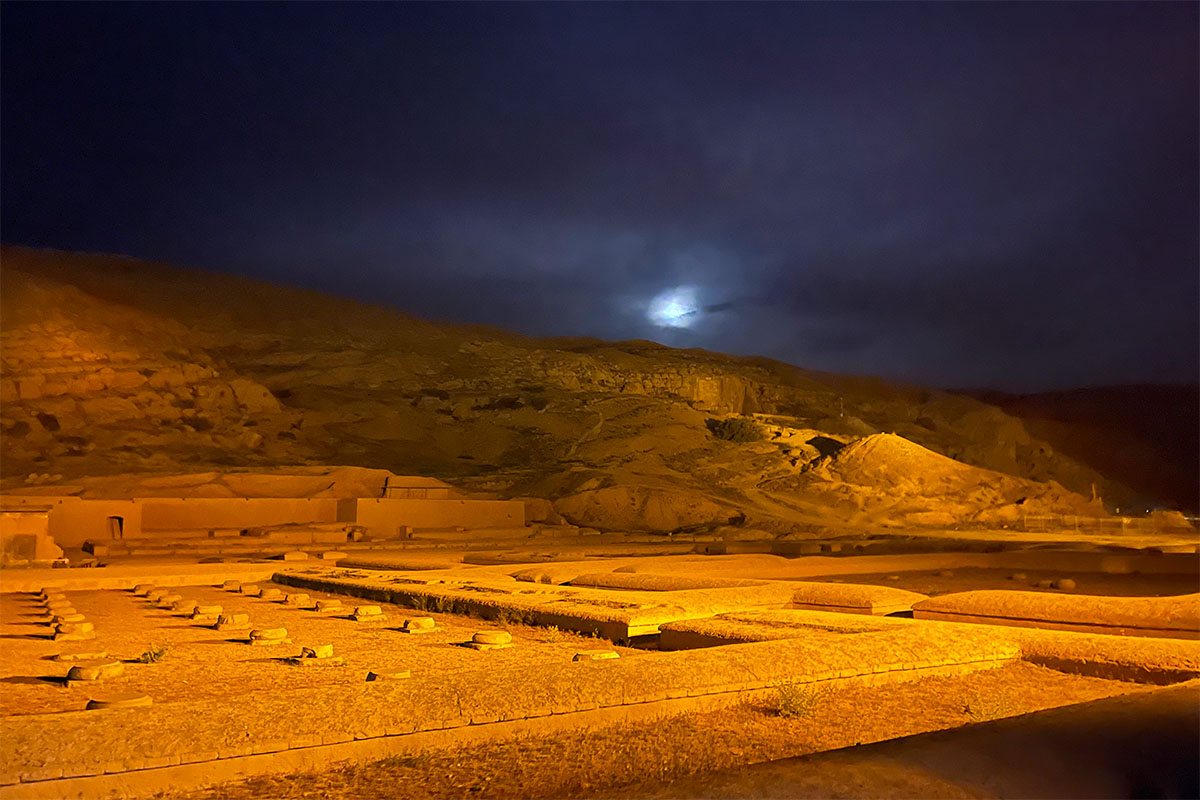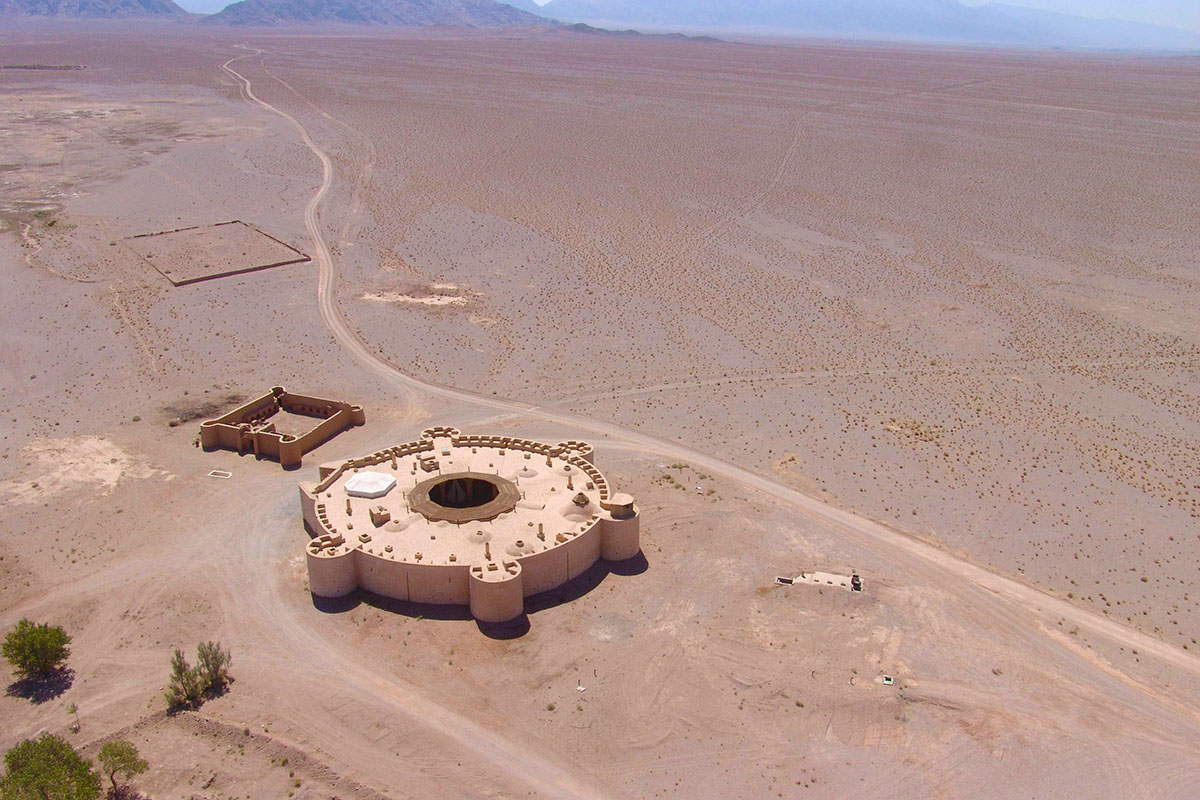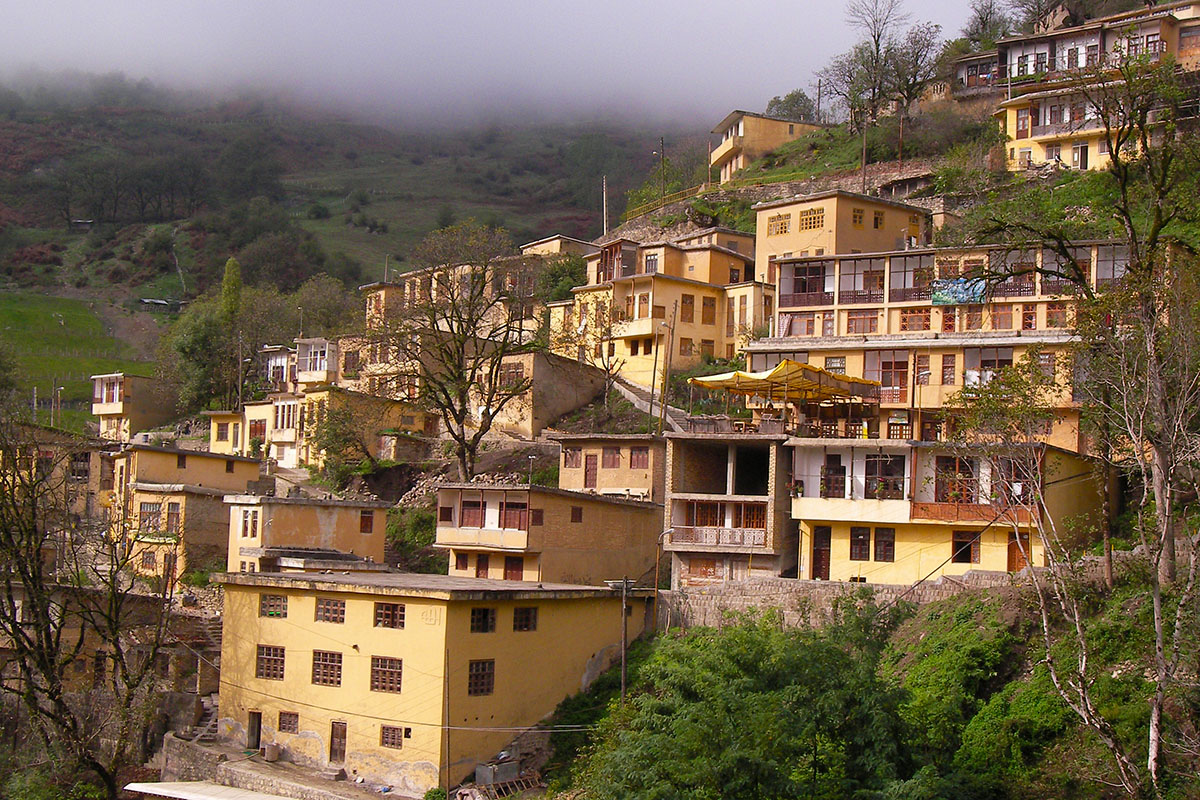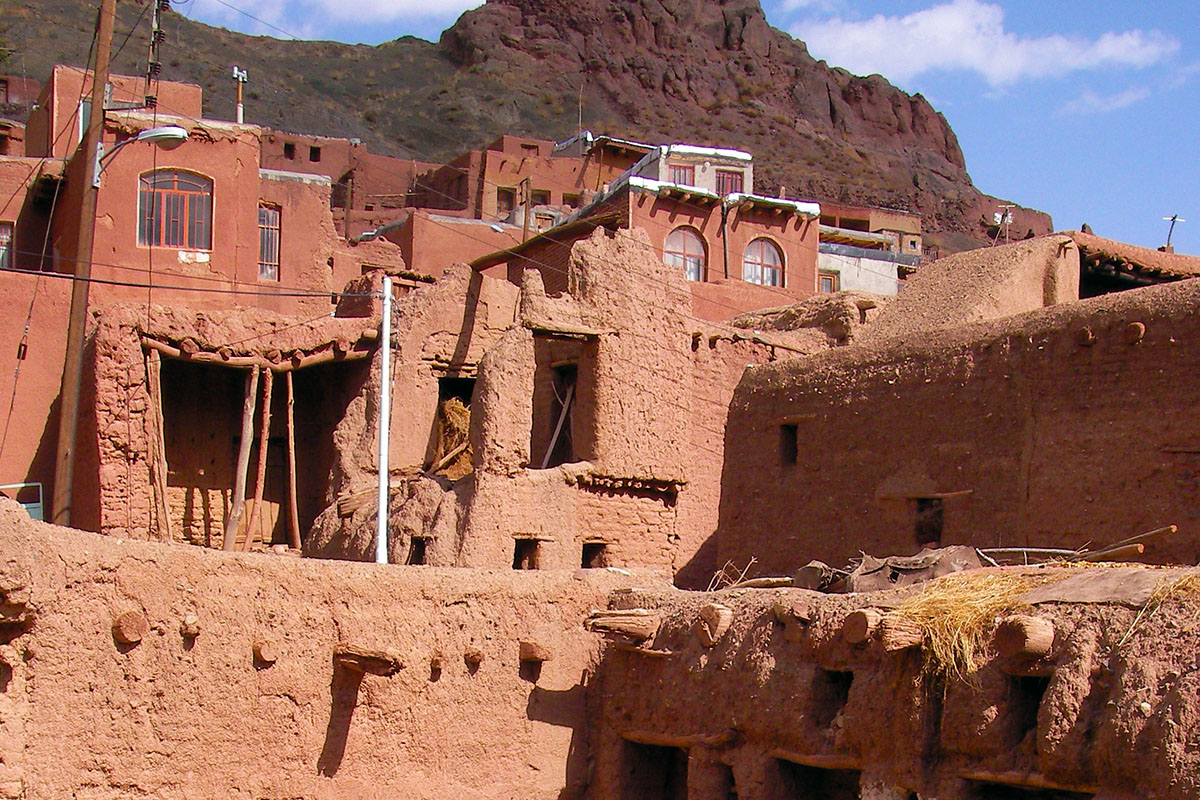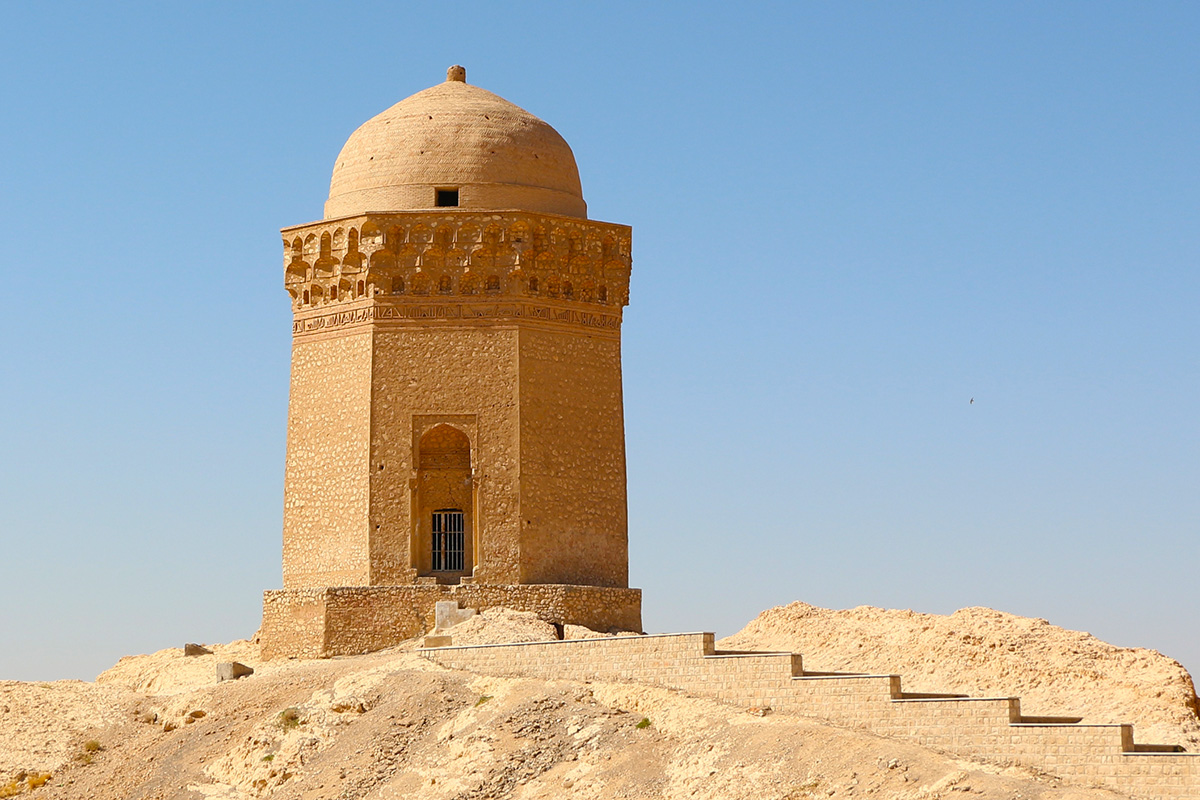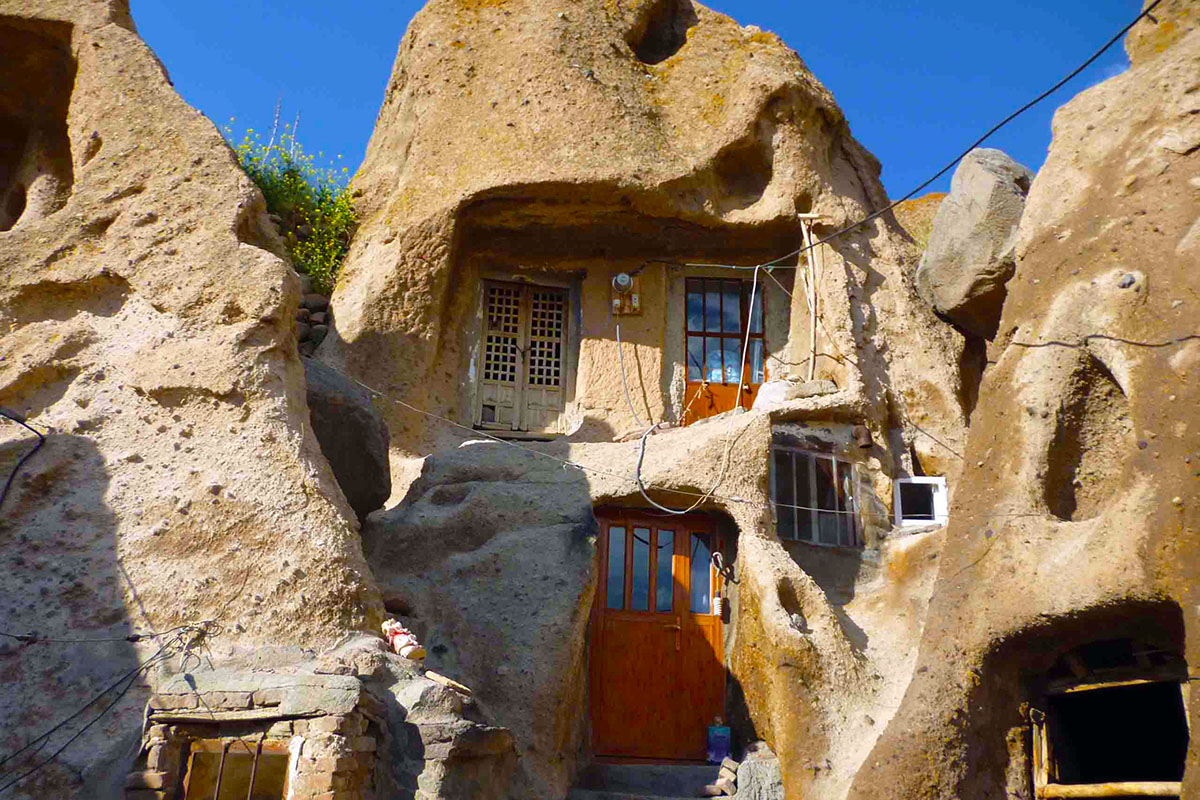Persepolis is located in Fars province, 10 kilometers north of Marvdasht and 57 km of Shiraz. It was the ceremonial and magnificent capital of the Achaemenid Empire, built during the reign of Darius, Xerxes and Artaxerxes. On the first day of the New Year, many groups from different satraps or governments came to Persepolis to represent a variety of offerings and gifts for the king. In 518 BC, Persepolis was launched as the new capital of the Achaemenid. Persepolis was founded by Darius the Great, after him, his son Xerxes and his grandson, Artaxerxes I expanded this complex. Many of the existing knowledge about the history and culture of the Achaemenes is derived from the available plagues and stone inscriptions engraved on the walls of the palaces. It is estimated that the plain of Persepolis included 39 residential quarters and a population of 43, 600 during Achaemenid period. Historians believe that Alexander the Macedonian attacked Iran in 330 BC and burned Persepolis and probably destroyed a large part of the books and Achaemenid arts and culture. However, the ruins of this place is still up and archaeologists approve the signs of fire and invasion from these ruins. This monument is registered in the world’s heritage List of UNESCO. In petroglyphs of Persepolis, no one is seen in a state of humility or shame and the agents of nations are not seen as defeated nations but everyone are equally members of a global community and all the nations of the Medes, Indians, Tunisians, Africans and Greeks are all depicted as independent and self-reliant characters. Petroglyphs are isolated by a cedar tree which was considered sacred. Nearly for 200 years Achaemenid kings lived in these palaces and had more than 20 Satraps. Achaemenid dynasty was founded by Cyrus the Great and Darius developed this dynasty so that it principles remained to the end of Achaemenid Empire until the invasion of Alexander, the Macedonian who destroyed this government.
Gate of All Nations
The entrance to the monument is through two staircase, each staircase has 111 wide steps with a height of 10 cm. Unlike many historians who claimed the steps are low so that horses are also able to climb them, but these stairs are made shorter than the usual to preserve the comfort and grandeur of guests (whose images with fine and high clothes are on the walls of Persepolis) when climbing.
On the top of the stairs, the entrance of monument is seen called the Great Gate or the Gate of Xerxes or Gate of All Nations. The building height is 10 meters. It had a main entrance and two exit gates, the remnants of them are still left. The eastern and western gates display the images of two winged men and the image of cows with human’s head carved on two high stones. These gates at the top are decorated with six cuneiform inscriptions which are started with the name of the God of Ahura Mazda and briefly state that: "what is beautiful, is done on God’s will." Two exit gates are situated to the south and another one to the east or the grand palace of Apadana.
Apadana Palace
Apadana Grand Palace is of the oldest palaces of Persepolis built by the order of Darius the Great. It was used to hold New Year celebrations and receive the king's representatives from the subordinate countries. The palace is linked to Tachara Palace or "Mirror Palace" by a staircase in its southwest part. Apadana Palace consisted 72 columns and currently only 14 columns of that are left. The petroglyph of agents of different nations carrying their offerings to the Achaemenid king is located in this palace.
Tachara Palace “Mirror Palace"
Tachar or Tachara means winter home. This palace was built by the order of Darius the Great and was dedicated to him. The inscription reads: "I, Darius built this palace”. The palace is a script museum and there are from the ancient Persian inscriptions to Pahlavi lines above the pillars. The palace is built above a platform with a height of 2, 4 meters. The area of palace is 29 at 40 meters and the central room is a square with sides of fifteen meters. Twelve columns are used in its structure. The door frames are decorated with reliefs depicting a king and two servants, one carrying the canopy and another one carrying shawl. Relief on the other staircase depicts servants carrying animals and containers for holding banquet.
Hadish Palace
The palace was the private palace of Xerxes in Persepolis built in the highest part of the platform. The palace is connected via two sets of stairs to the palace of the queen. It is likely that fire started from here due to the hatred of the Athenians of Xerxes who burned Athens. Yellow color in rocks represents that their water is finished due to the heat. This place was smaller compared to other palaces and had 6 * 6 columns. Due to the severe destruction, there is not much information available about it and many called it the mysterious palace. Hadish means a highland, and since the name of Xerxes’s wife was Hadish, he chose this name. It is located in the southernmost part of the complex.
The palace of Queen
This palace was built by Xerxes and located in lower heights in relation to other buildings. Part of the palace was excavated and renovated by the famous orientalist, Professor Ernest Hertzfeld Emile in 1931, and today it is used as a museum and the central office of Persepolis.
The Palace of H
The palace of H is located in the southwestern part of Persepolis in west of Hadish Palace. Painted stairs of the two sides are conducive to its building which is now partially destroyed. The Main staircase is started by Xerxes and completed by Artaxerxes as it is certified in the inscriptions.
Three-door Palace
Three-door palace or the council chamber or central palace is located in the central part of Persepolis. The palace is linked by a corridor to the other palaces, that’s the reason it is called the central palace. Over the steps of this palace, the Persian nobles are depicted in a friendly and informal way, going to meet the ruler. It is also called the council hall for its type of usage. Most parts are attributed to Darius, but there are reason that the full construction is done by Artaxerxes.
The Throne Palace (Hundred-columns Palace)
The palace area is about 46,000 square feet (about 4300 square meters) and its ceiling was kept up by 100 columns each 14 meters high. Its eight stone doorways are decorated on the south and north with reliefs of throne scenes and on the east and west with scenes depicting the king in combat with monsters
Imperial Treasury
The complex consists of a 99-pillar hall, a hundred columns hall, rooms and backyard. Buildings compartments were separated by a thick and wide fence from other parts. According to historians of ancient Greece after the fall of Persepolis by Alexander, gold, silver and Jewelry of Persepolis treasury and Achaemenid Empire were transferred to another location with a large number of horses and mules.

